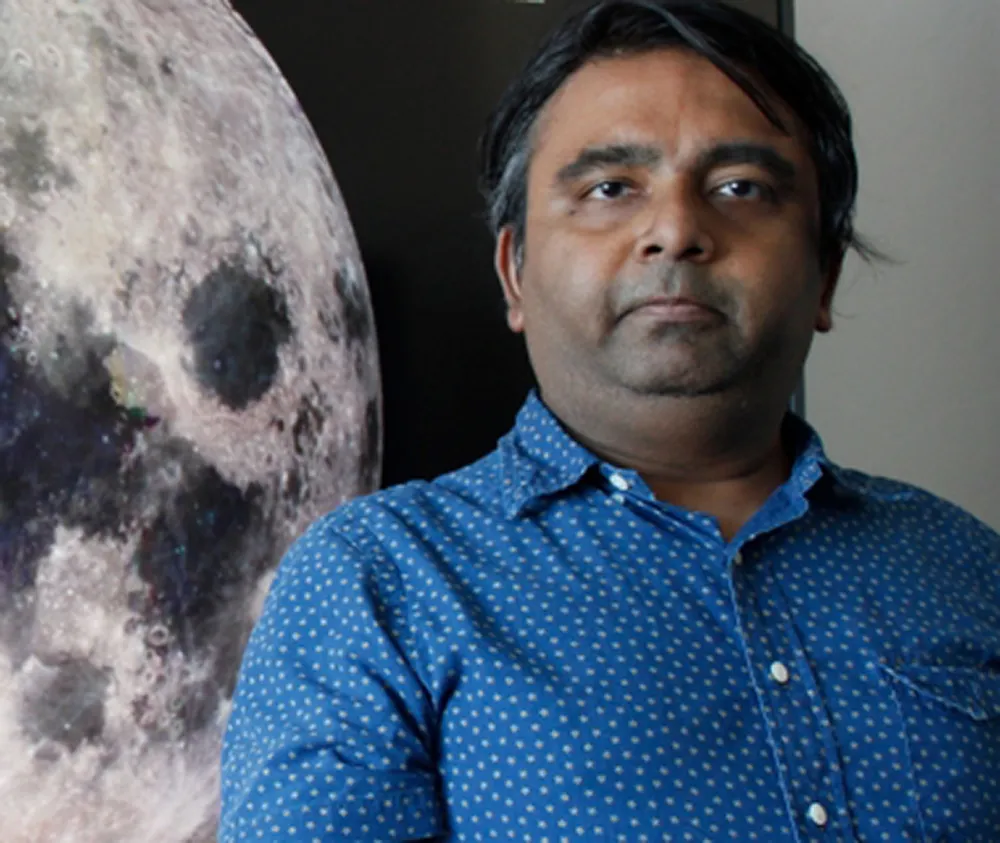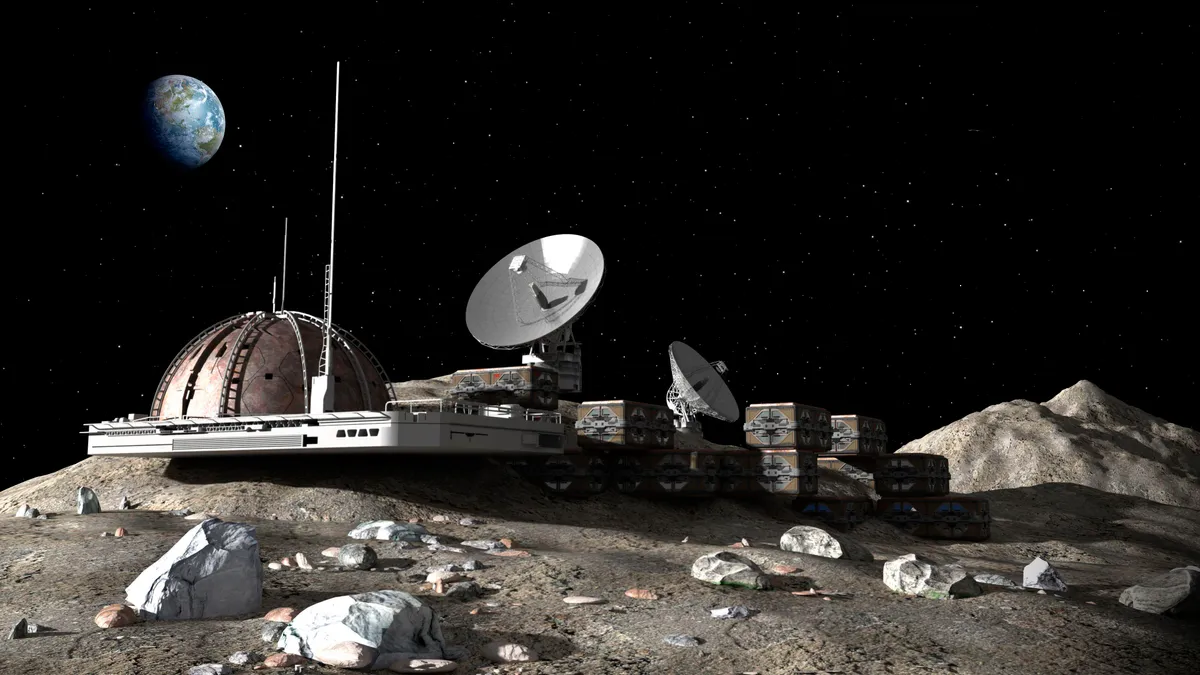Have you ever heard of the Svalbard Global Seed Vault? It's a seed-storage facility located on a remote island between Norway and the North Pole, packed with crop sets representing Earth's floral biodiversity.
The vault stores seeds of crops from around the world as a sort of insurance policy for Earth's food supply.
But what if we could do the same for plants and animals, and store them somewhere beyond our planet in case of a mass-extinction event?
This is the idea behind the Lunar Ark. To find out more, we spoke to Dr Jekan Thanga from the department of aerospace and mechanical engineering at the University of Arizona.
Read more:
- What can Antarctic snow tell us about the Universe?
- Mushrooms on Mars: NASA could grow bases using fungi
- ESA’s Sentinel-2 satellite is hunting penguin poo from space

What is the Lunar Ark?
The Lunar Ark is a backup storage of Earth’s biodiversity on the Moon, inspired by the Svalbard Global Seed Vault. We would store animal sperm and eggs, plant seeds, spores and maybe stem cells.
We haven’t said we have a total solution, because the restoring process is far from easy!
We can’t just take the egg and the sperm and say "okay, a new creature’s going to come out," without something like a uterus – so those specimens have to be advanced or even artificially made.
Why build a Lunar Ark?
I lead a group looking at areas of space exploration, and one of these has been the threat from asteroids.
In 2013, the Chelyabinsk meteor came out of nowhere and caused a 500 kiloton explosion (Hiroshima was 15 kilotons) above Russia.
Another dangerous threat was the Carrington Event; a solar storm that disrupted Earth’s magnetic field in 1859.
What we can take from these examples is that we have to deal with space threats – they are not just science fiction.
We are developing systems for early detection, but we’ve realised that maybe we can’t fully contain these problems.
We are always thinking about facing a cataclysm rather than avoiding it.

How have lunar lava tubes helped?
Our collaborators at Arizona State University discovered lava tubes on the Moon in 2012.
We realised that there is, just 4–5 days away from us, somewhere that has been untouched for 3–4 billion years.
This is where we would store the stuff that’s most precious in the event of a cataclysm.
How would you put an ark on the Moon?
There are impacts and craters on the Moon, but it is well-protected because of Earth’s bigger size and gravity.
We still have the threat of micro-meteorites, but the lava tubes are a natural shield: they are 80–100m below ground, at a constant temperature of –20ºC.
We envisage storing everything at –180ºC or –196ºC for cryopreservation. So we need this refrigeration – that’s the final piece of engineering we have to figure out.
The Svalbard Global Seed Vault is at –18ºC, which is specialised enough for seeds.
Here, we are going after a more ambitious technology: the idea is to save 6.7 million species. Maybe we can start by replicating Svalbard on the Moon.

How would the Lunar Ark work?
To save each species, we need a viable population number, which is anywhere between 50 to 500 individuals.
We would keep eggs and sperm in 100ml fluid bags – under half a soft drink can’s worth of fluid per species.
The total is about five to six train cart-sized compartments with cryopreservation units inside.
These carts would need to be about 10m in diameter and 25m-long to fit them on a rocket.
These units could then be stored in a way that’s similar to a library, but where you could check out a species.
What would you construct on the Moon?
We would transport everything from Earth, so it’s prefabricated.
The overall size of the building structure is like a small, regional airport, with a runway. We’ll also use solar panels to power the Lunar Ark.

How would we access the Lunar Ark?
The Ark will need a logistics base, which won’t rely on Earth, and its job is to provide emergency transport.
Transport back from the Moon to Earth is a lot easier than the other way because of gravity.
The main energy barrier is getting off the lunar surface. Then, Earth’s gravity dominates.
It doesn’t get you back in the fastest time, but there’s a little fuel involved.
We also presume if you are building up a space insurance policy for our prolonged future – that technology will advance.
Maybe 30–40 years from now we’ll have other ways of transport – not just rockets.
